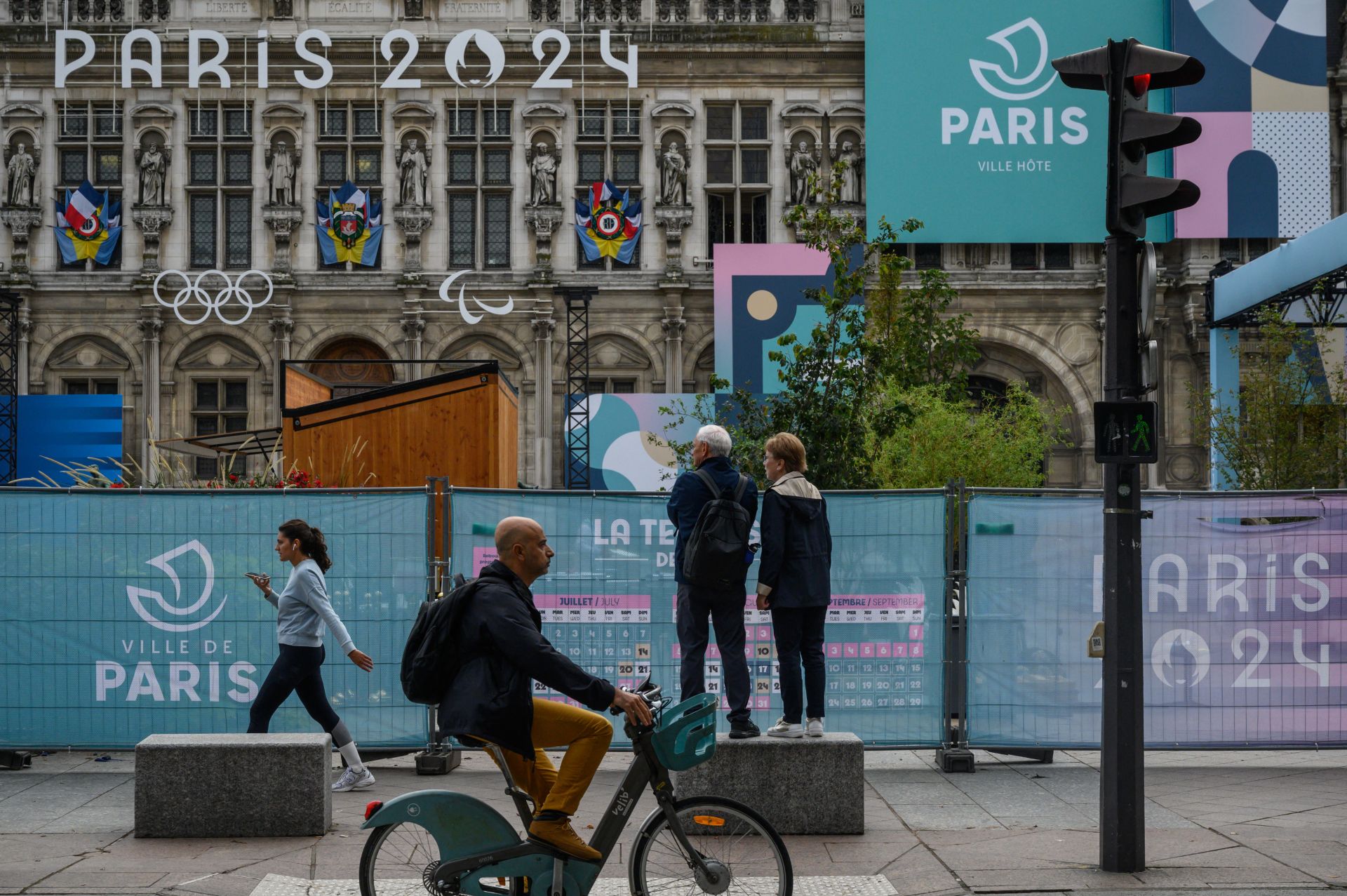
This Saturday, the Olympic cauldron will make a spectacular ascent above the Tuileries Gardens in Paris, suspended from a helium balloon 60 meters in the air. As the city prepares to host the Summer Games, this symbolic installation also revives a lesser-known chapter of French history—one that began in these very gardens over two centuries ago, when Paris first fell in love with balloon flight.
Before the Olympic cauldron—suspended from a helium balloon 60 meters above the ground—returns this Saturday to the Tuileries Gardens in Paris for the entire summer, the iconic location had already played host to one of the very first hydrogen balloon flights, dating back to 1783.
On December 1 of that year, over 200 years ago, scientist Jacques Charles and engineer Marie-Noël Robert ascended into the skies before a crowd of 400,000 spectators, according to Marie-Laure Griffaton, chief curator at the French Air and Space Museum, in an archival interview with the INA (National Audiovisual Institute).
Just nine days earlier, the two men had been upstaged by the Montgolfier brothers, who had already launched a balloon carrying human passengers from the Château de la Muette. The brothers had previously tested their invention at Versailles with a duck, a rooster, and a sheep—survivors of the inaugural flight who were later welcomed into the royal menagerie, explains Jérôme Giacomoni, president of the Aérophile group that designed the helium balloon for the Olympic cauldron.
In her memoirs, the renowned French portraitist Elisabeth Vigée-Lebrun (1755–1842) recalls the 1783 event: “Charles and Robert had positioned their balloon over the large basin of the Tuileries, and on the day of the ascent, the gardens were filled with a crowd the likes of which I had never seen before.”
“When the ropes were cut and the balloon rose majestically to such a height that we lost sight of it, admiration and fear for the two brave men in the small basket led to a collective cry,” she wrote, relieved that the scientists had landed “a few hours later...without incident, just a few leagues from Paris.”
'Balloonmania' Takes Hold
“Never before had a philosophical experiment been so magnificently supported,” noted Benjamin Franklin, then the first U.S. ambassador to France, in a letter written that very day.
The whole of Paris became enthralled with balloons, to the point that newspapers coined the term “balloonmania.”
In 1870, during the siege of Paris, some 60 balloons were launched from the Orsay train station (now the Musée d’Orsay), on the opposite bank of the Seine, allowing men—and carrier pigeons—to escape the encircled capital. The idea came from Félix Tournachon, known as Nadar, a renowned aeronaut, caricaturist, and photographer. Among the passengers was Léon Gambetta, a leading figure of the French Third Republic.
In 1878, during the World’s Fair, engineer Henri Giffard launched another balloon from the Tuileries, soaring 500 meters above Paris. Onboard were 50 passengers, including Victor Hugo, Guy de Maupassant, Princess Eugénie, and Sarah Bernhardt.
And in 1906, the Gordon Bennett Cup—the world’s oldest gas balloon race—also took off from the famous gardens. The race returned there in 1983 to commemorate the bicentennial of the 1783 inaugural flight.
By Sandra BIFFOT-LACUT / AFP
Comments